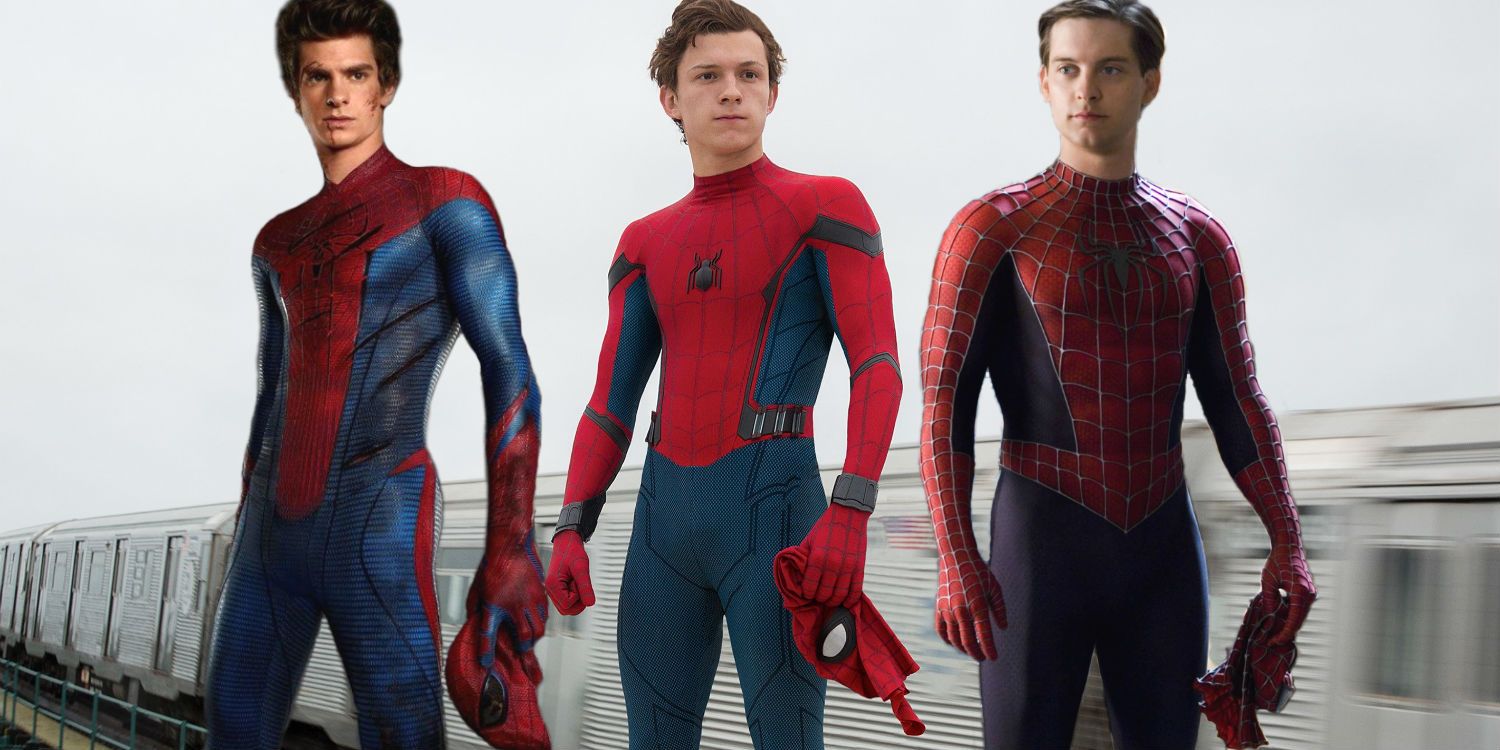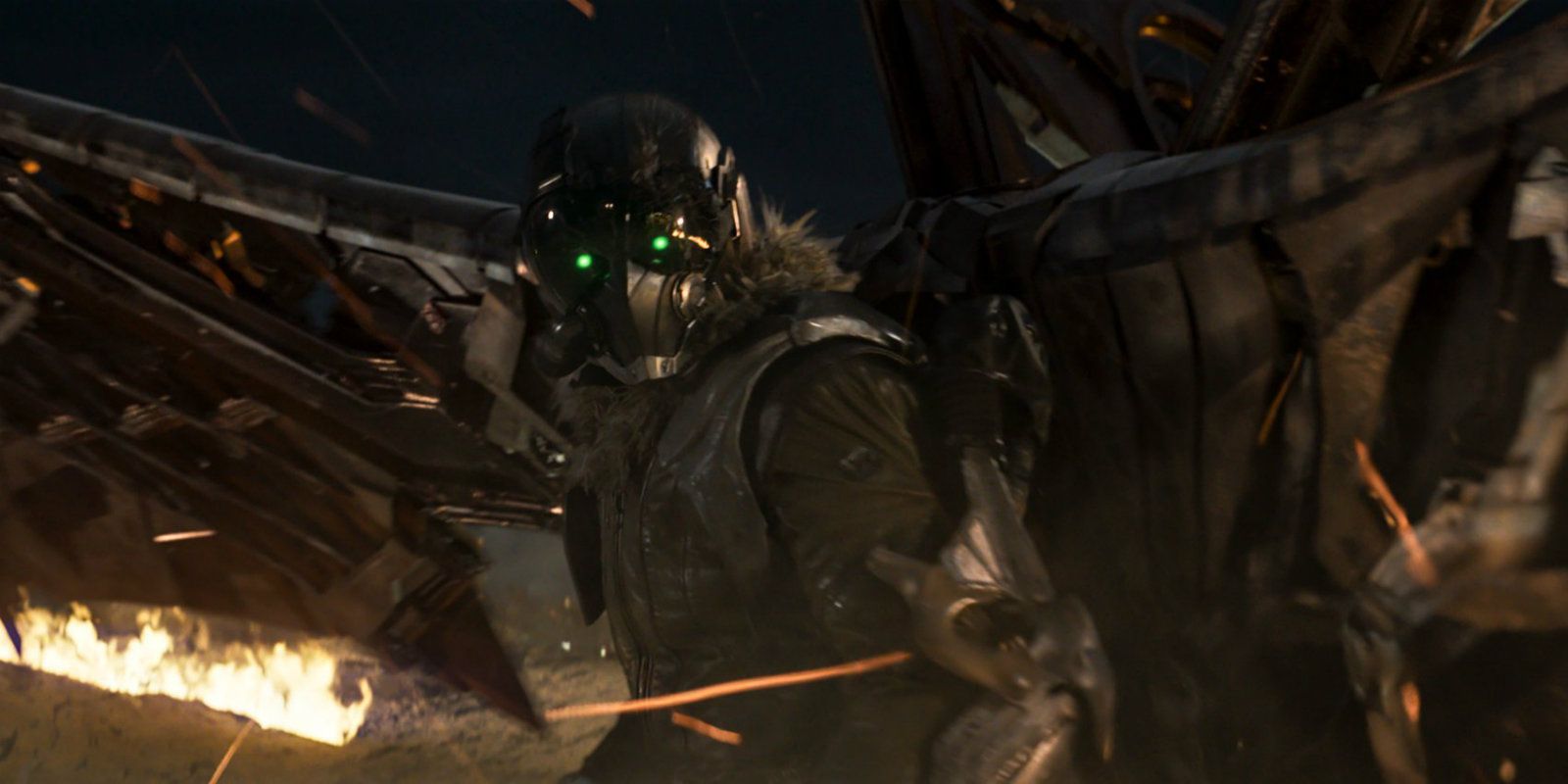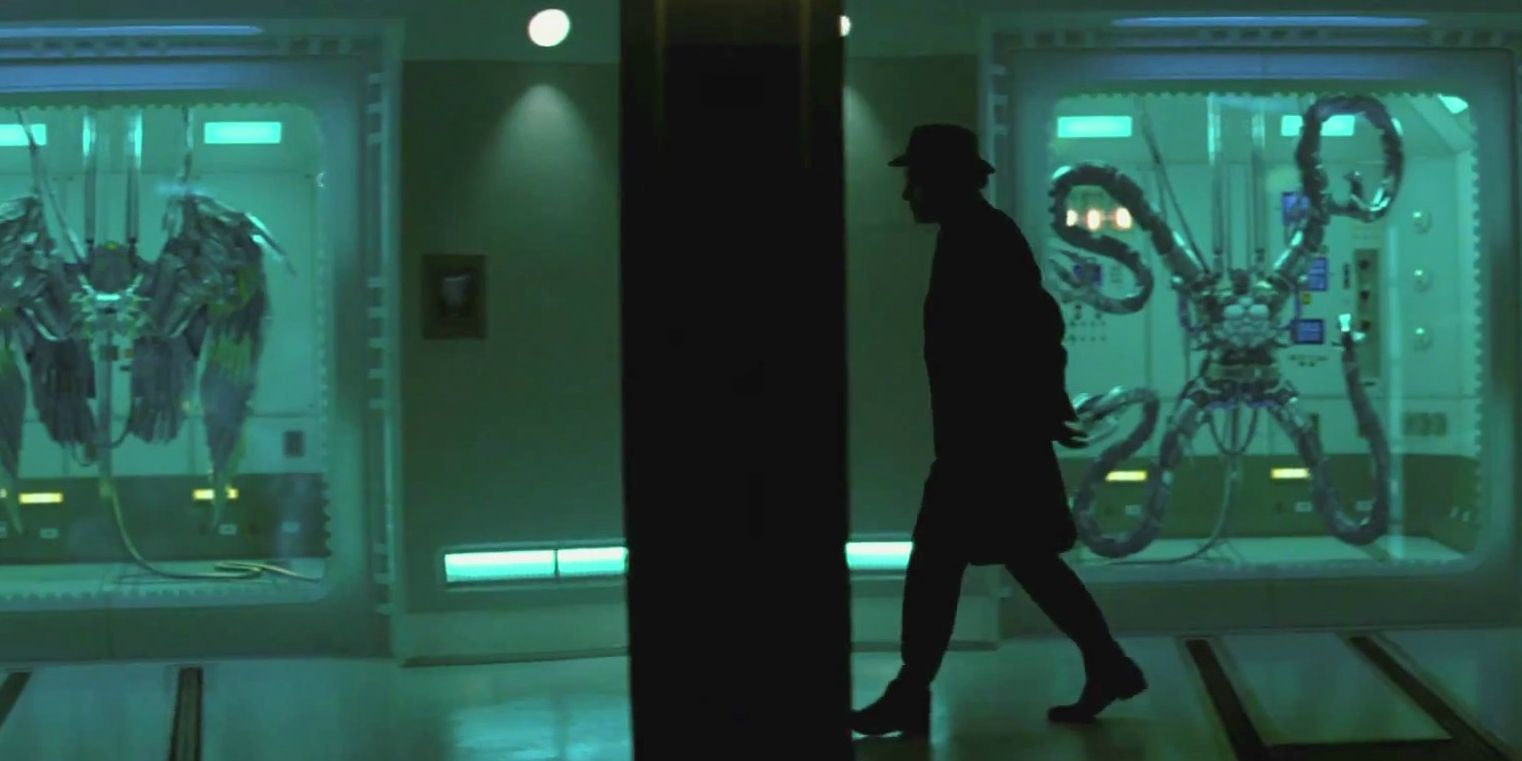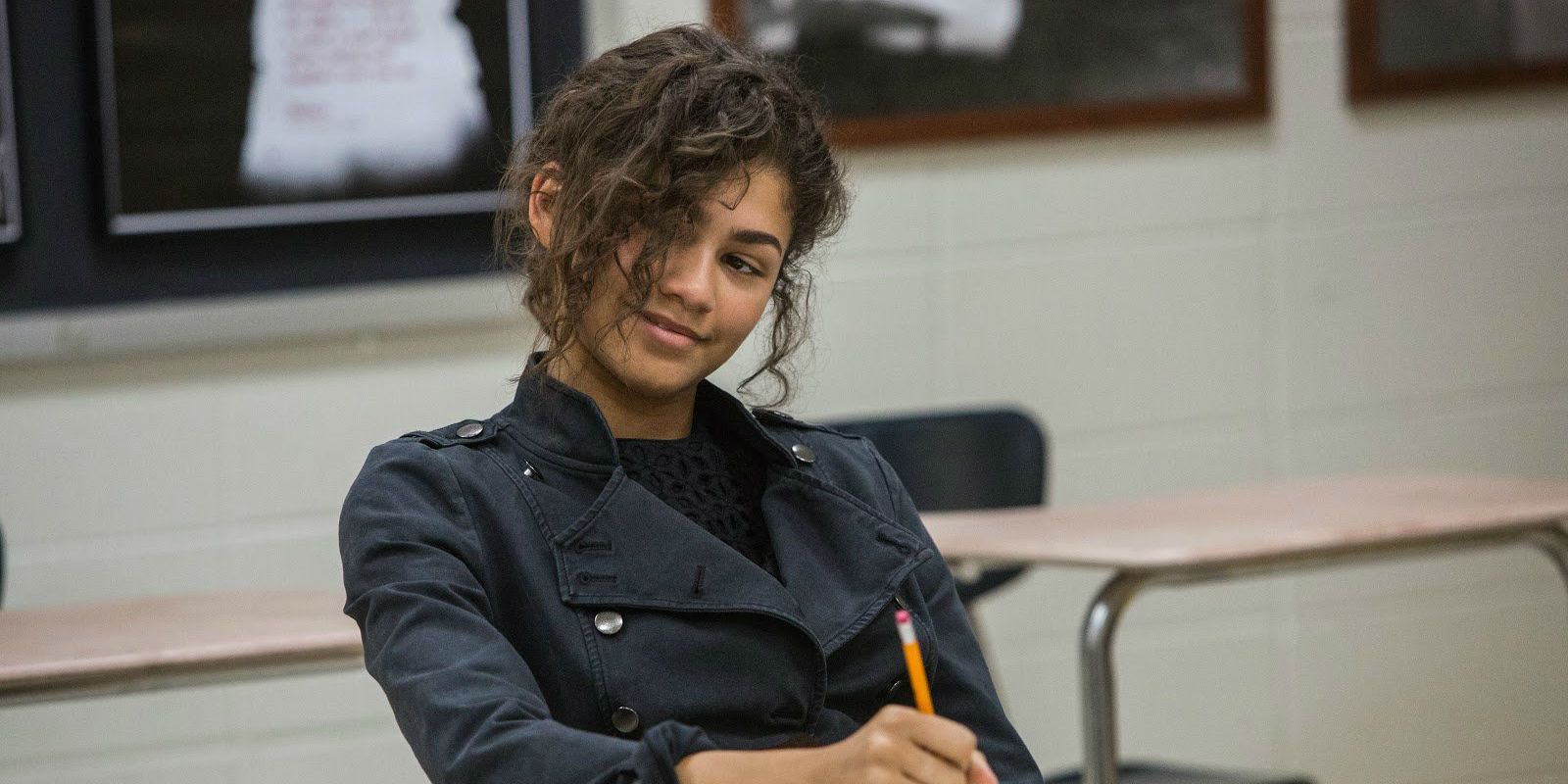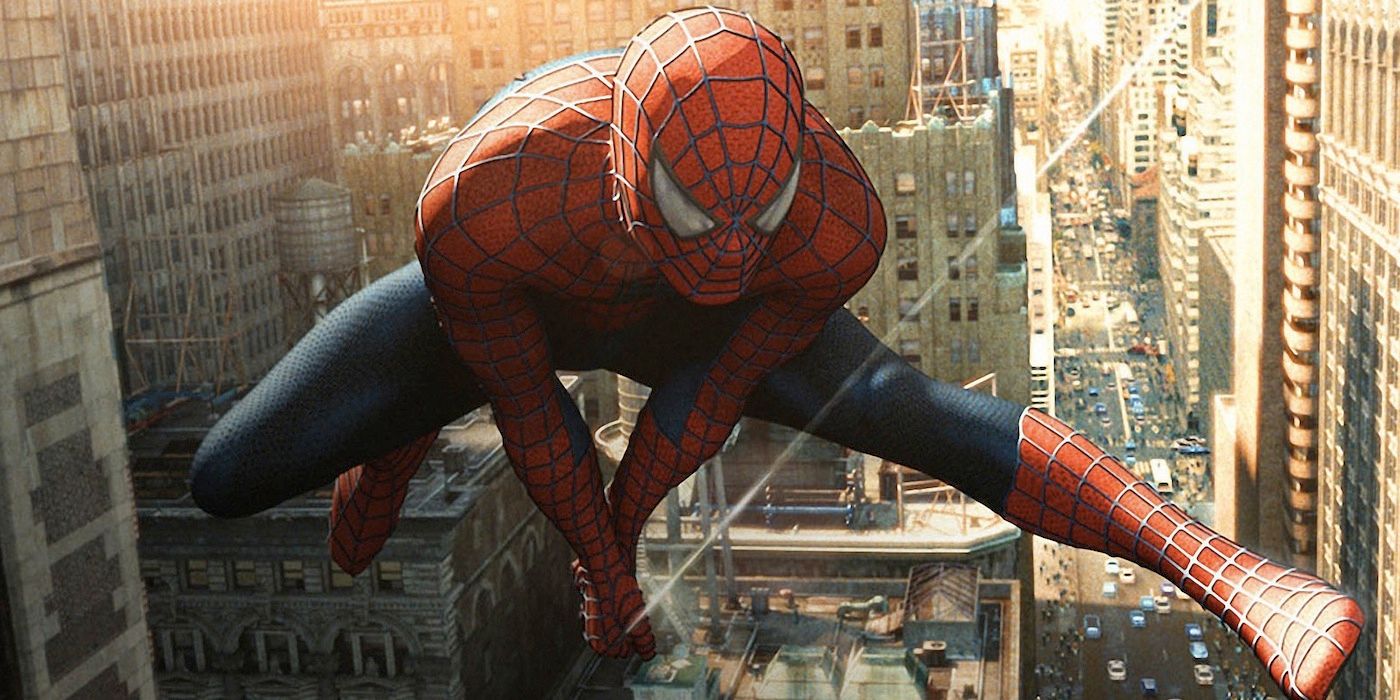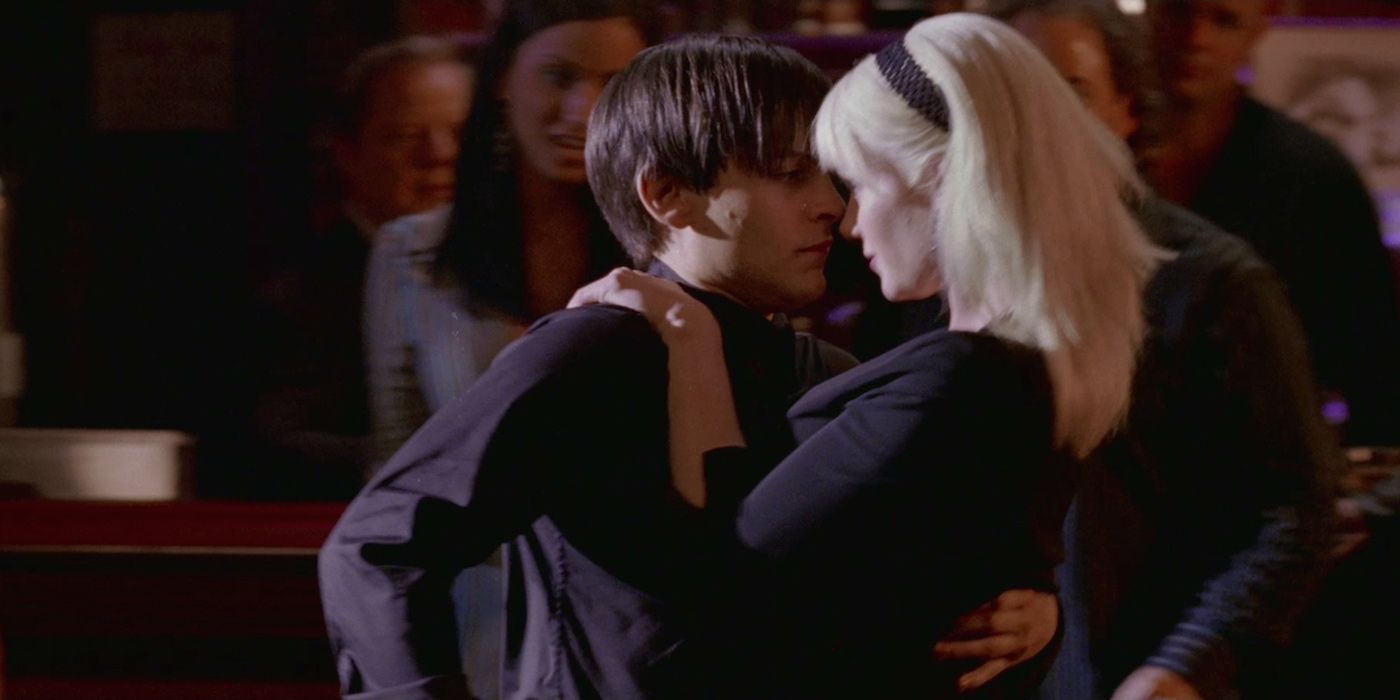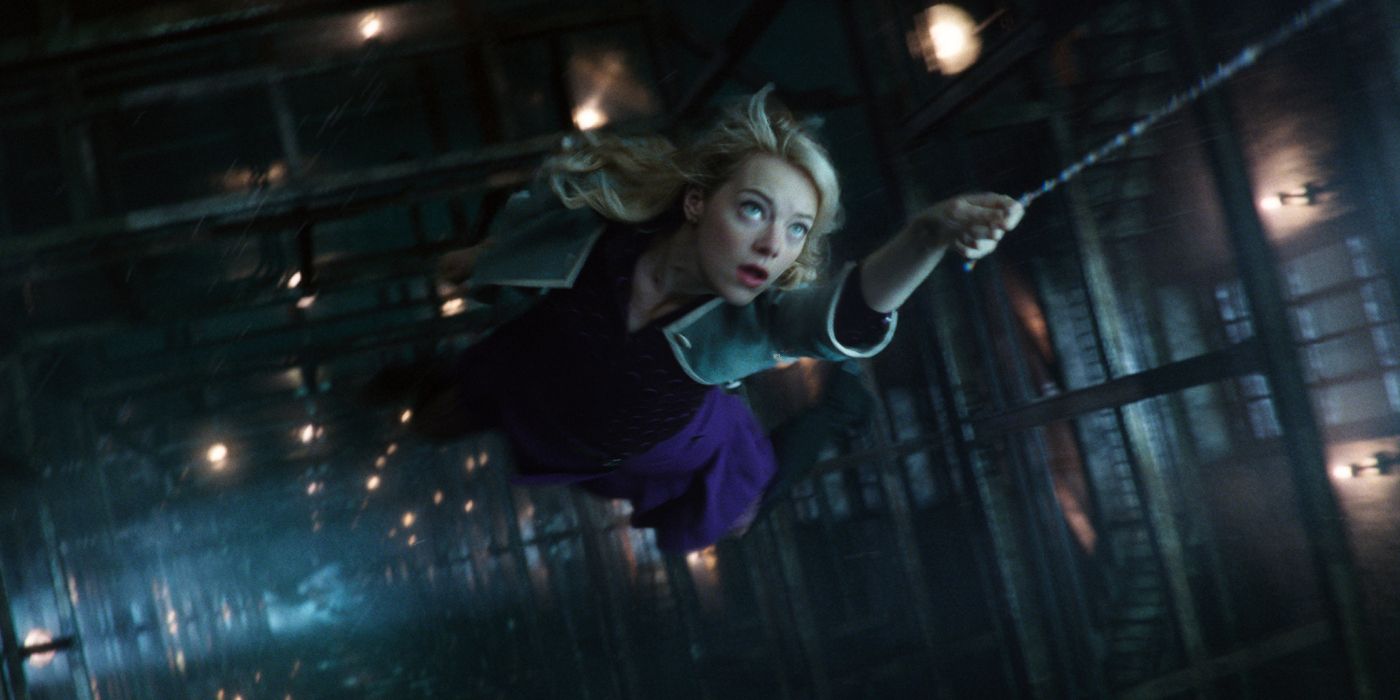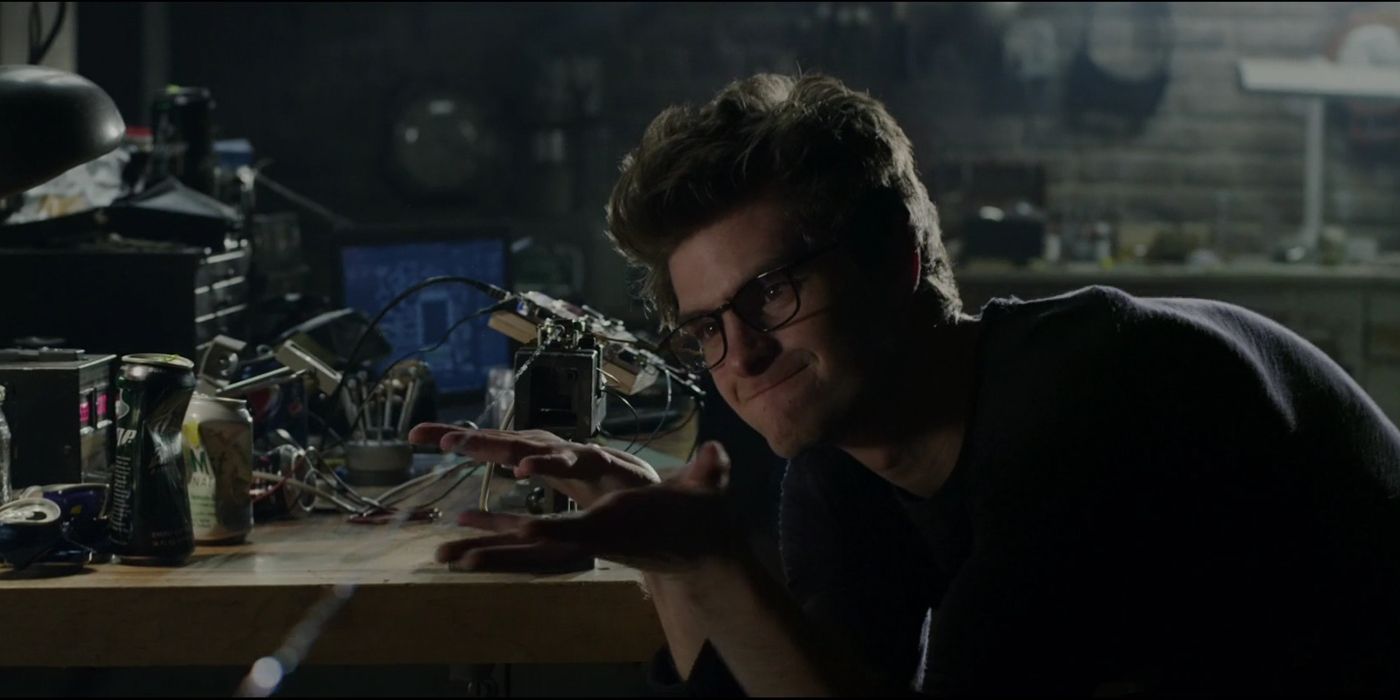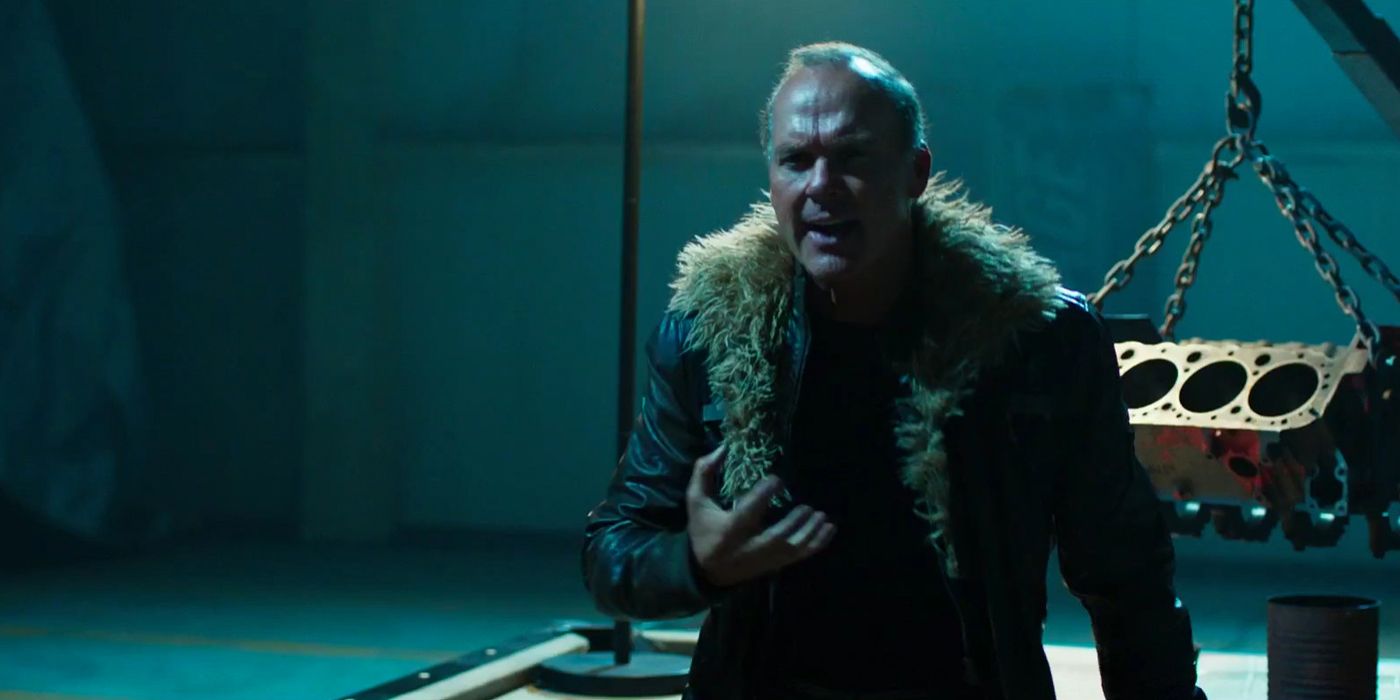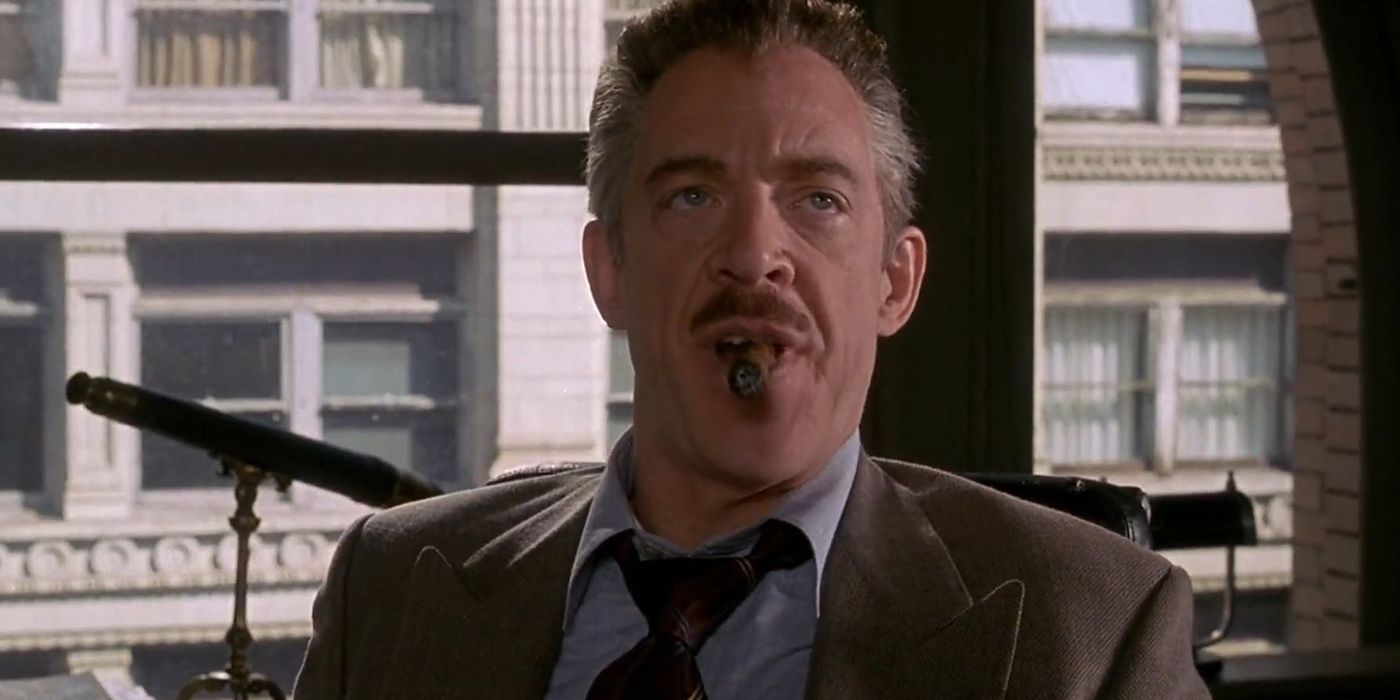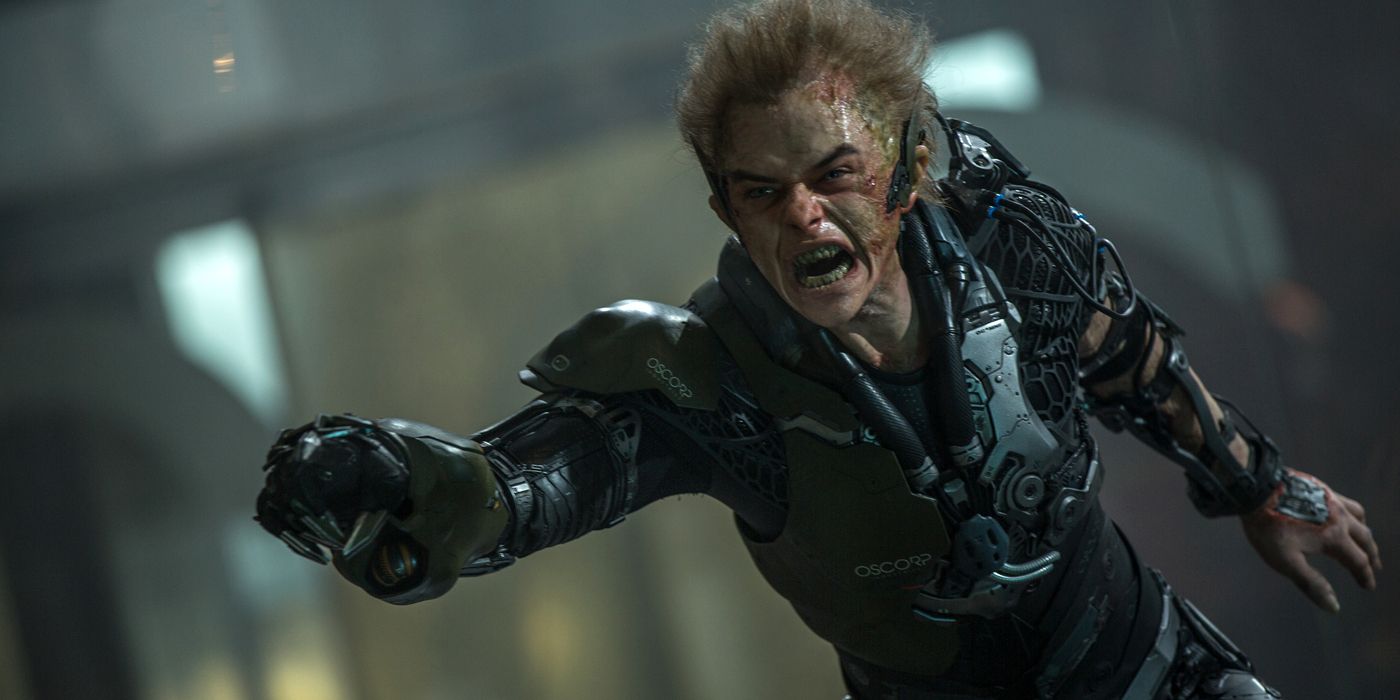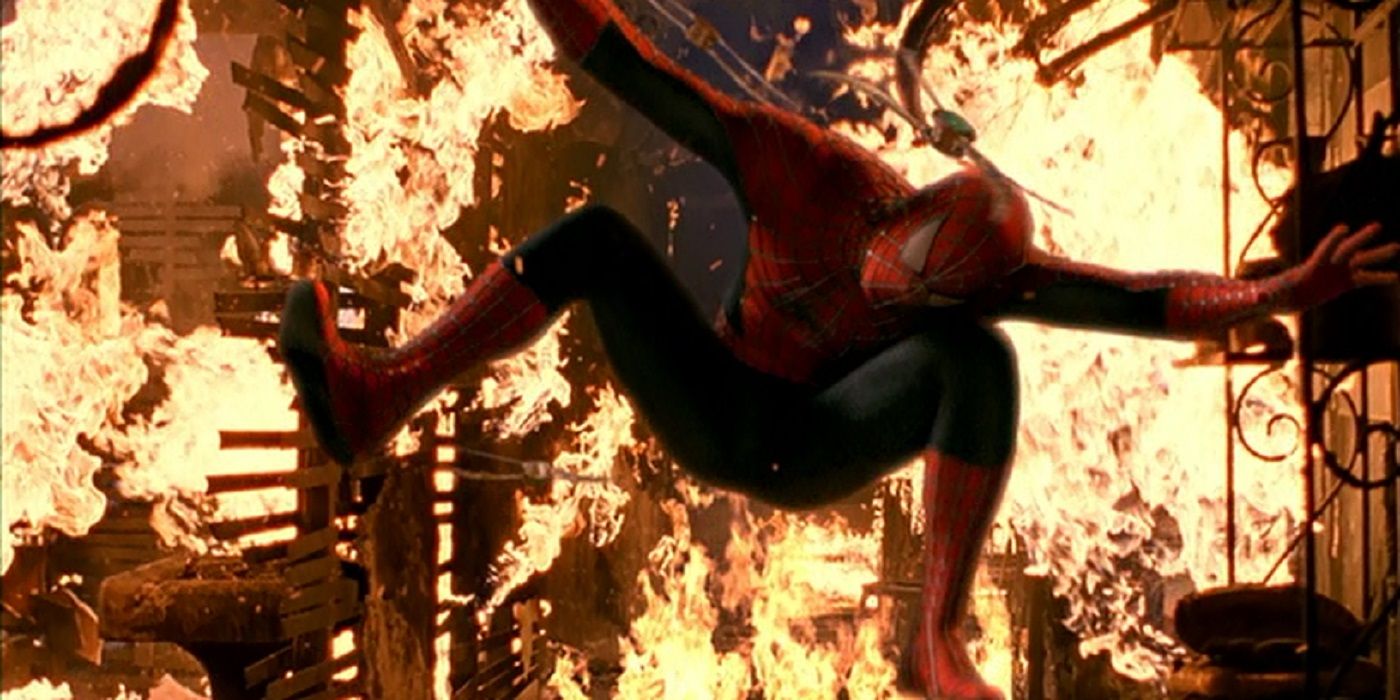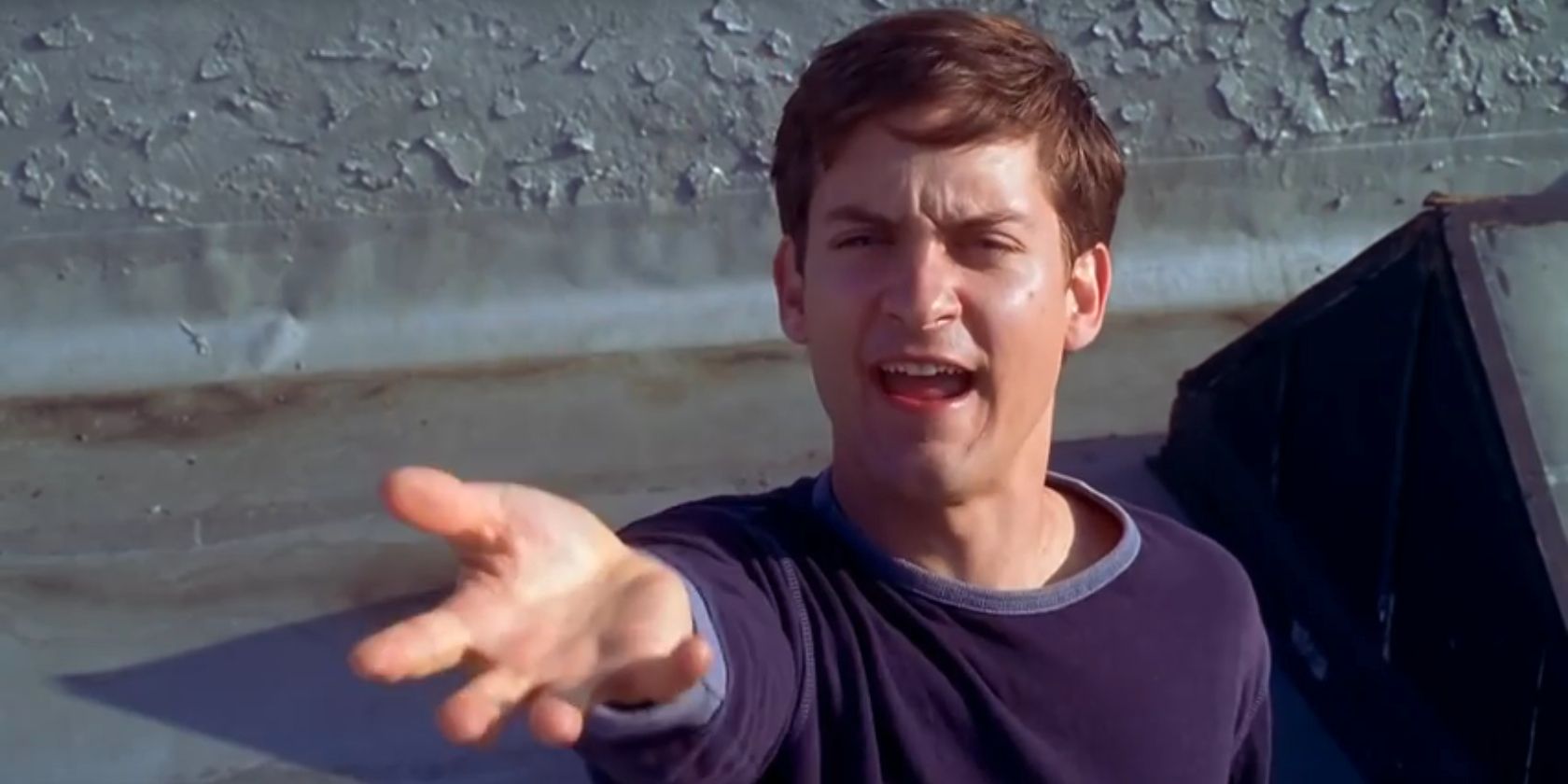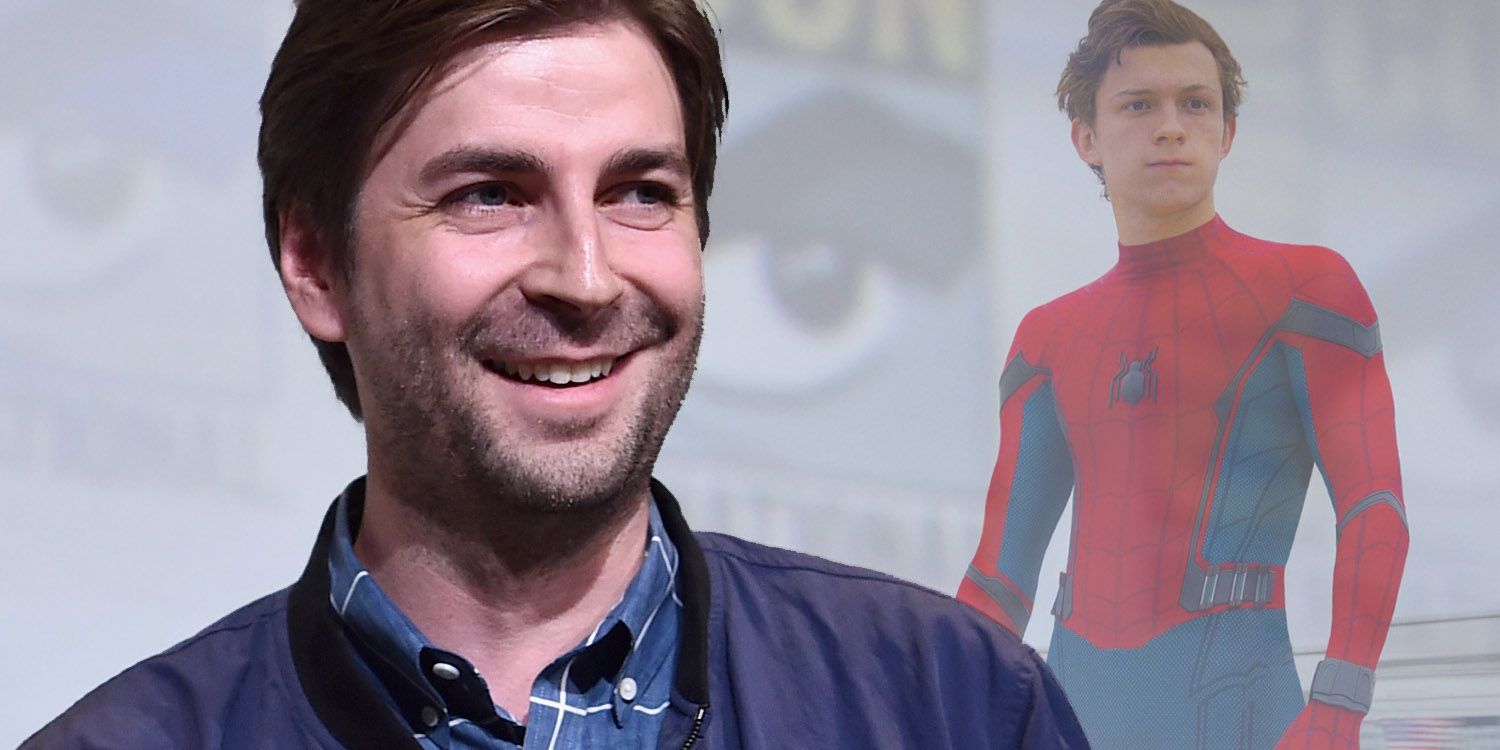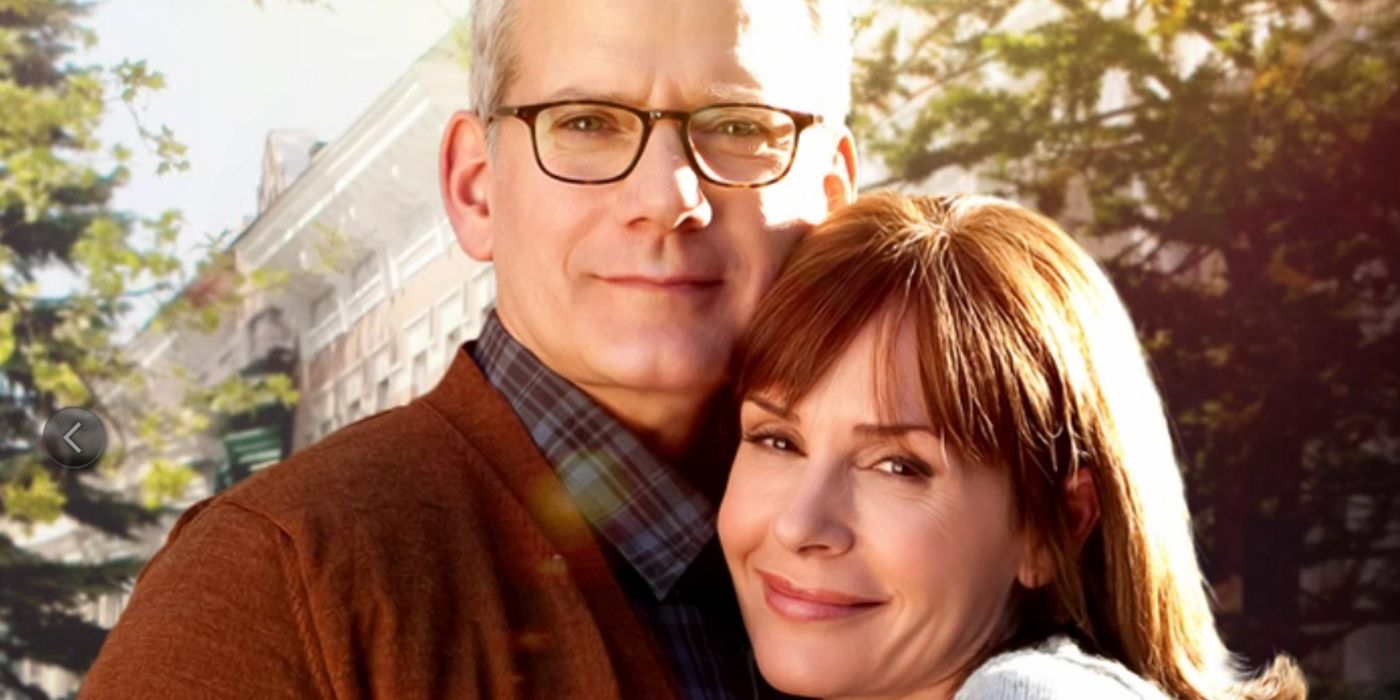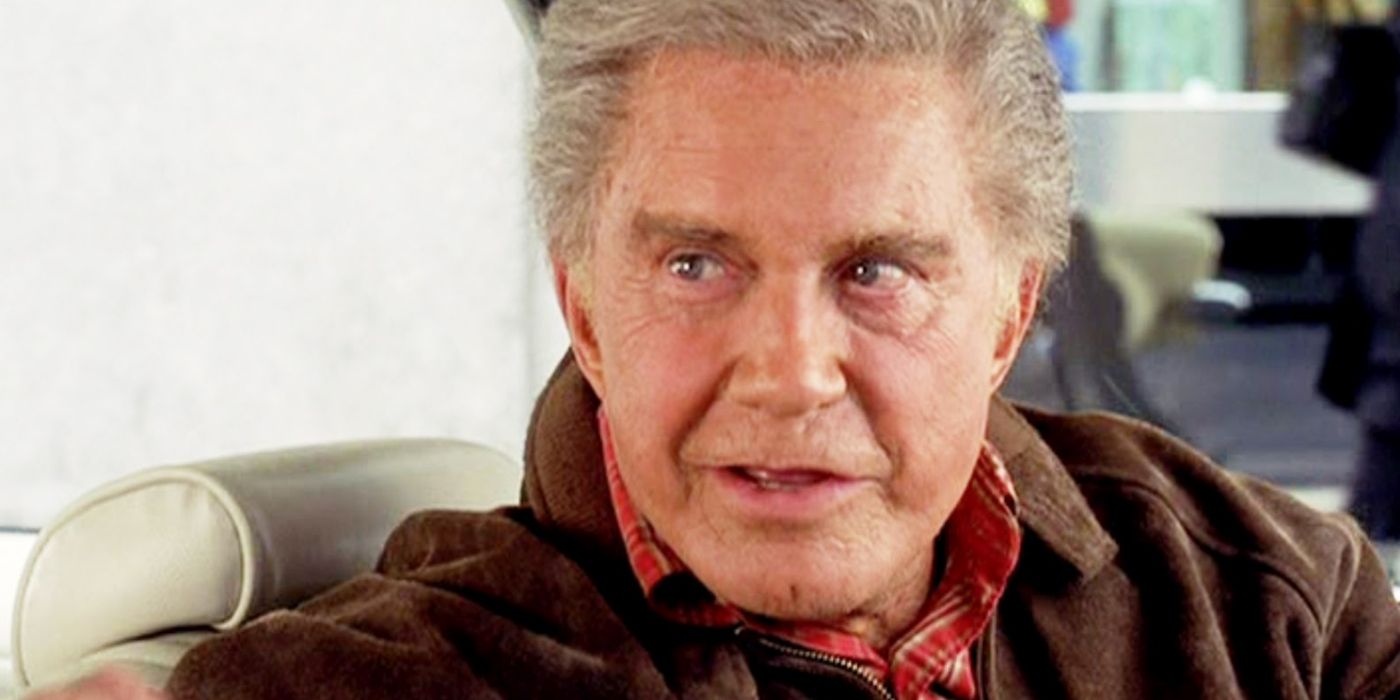Spider-Man: Homecoming is almost upon us, and the dream of seeing Peter Parker get his own movie in a shared Marvel universe is about to become a reality. It’s been 15 years since the first theatrically-released Spider-Man adventure, and after five solo movies and a debut in Civil War, Spidey is all set to become a regular feature in the MCU.
But Sony’s contribution to Spider-Man as we know him should not be understated. Between Sam Raimi’s original trilogy and The Amazing Spider-Man follow-ups, Sony has showcased the best and worst of the famous web slinger, and Marvel Studios would be wise to take a look back over his past appearances before throwing the character headfirst into a whole new universe.
While the first two Spider-Man films are still weighed down by Spider-Man 3 and The Amazing Spider-Man 2, there’s a sense that Sony can tip the scales back in their favor if they can work together with Marvel to fix the mistakes made by those movies. With a Venom-verse on the way and the MCU hurtling toward Infinity War, both Sony and Marvel need to score a hit with Homecoming, and there is enough Spider-Man material out there to teach them what not to do.
Here are 15 Things Homecoming Can Learn From The Other Spider-Man Movies.
15. Focus On One Villain
Spider-Man 3 and The Amazing Spider-Man 2 have plenty of things in common, but we would argue that their complete mishandling of multiple villains is the main reason that neither went down well with critics.
It’s not that several villains within the same comic book movie can’t work; Superman II, Batman Returns and Nolan’s Dark Knight Trilogy are proof, but each of those examples focuses primarily on one overarching antagonist.
Already confirmed for Homecoming are Vulture, Shocker, and Tinkerer, and the three villain formula is not one that’s worked well for Spider-Man in the past. Spider-Man 3’s Goblin, Sandman and Venom are rivaled only by TASM2’s Goblin, Electro and Rhino for the title of worst set of villains in a superhero movie.
As long as Homecoming stays true to recent marketing and leads with Vulture, it surely won’t make the same mistake three times. Right?
14. Tell A Self-Contained Story
While The Amazing Spider-Man 2 was getting carried away with a Sinister Six spin-off, an Amazing Spider-Man 3 and a potential shared Sony universe, it forgot the basics of Spider-Man as a character. If the first two Raimi movies are anything to go by, a smaller-scale, more intimate story is the way forward for Spidey on the big screen.
Neither of those movies is weighed down by the constant set-up for sequels and spin-offs that plagues TASM2, and Peter has a personal relationship with the villains of both stories.
Now that Spider-Man is in the MCU, the character will be expected to do his part in building the world of Marvel, but that’s what the post-credits scenes are for. In reality, the best thing Spider-Man could do for the MCU is replicate the critical success of the first two films. Telling a grounded, contained story, in which the heroes and villains revolve around Peter, is the best way to do that.
13. Give Zendaya Something Real To Do
Some of the best moments in The Amazing Spider-Man come when Gwen Stacy is directly involved in the action, and her chemistry with Andrew Garfield is arguably the highlight of the two movies. But there are times when she comes across as more of a plot device than a character in her own right, which brings us nicely onto Mary-Jane.
Kirsten Dunst does little to advance the plot of the original films besides waiting to be saved and occasionally dancing with dudes that aren’t Tobey Maguire.
It’s looking as though Zendaya’s character, Michelle, might not be Peter’s love interest at all, which means that she may yet have a role to play besides the clichéd damsel in distress. But she remains the female lead in a Spidey movie, and there is still room for Sony to improve its track record with the leading ladies of Spider-Man.
12. A Great Score Is Everything
Danny Elfman’s Spider-Man theme is still one of the most recognizable pieces of music to come out of the comic book genre. Outside of the movies, the theme has become instantly synonymous with Spider-Man, while its variations work within the confines of the trilogy to convey hope in moments of triumph and despair in defeat.
The possibilities of a great theme are endless, but the Amazing Spider-Man films have no such theme. The entire catalogue of MCU movies has struggled to conjure up a score anywhere near as memorable (with the possible exception of Alan Silvestri’s Avengers theme). Homecoming has a chance to fix a new and updated theme to the character, and also to set the MCU on its way to writing some more exciting music.
11. But Keep The Musical Numbers To A Minimum
The diegetic sound in past Spider-Man movies has not be quite as successful. Spider-Man 3 is the biggest offender in this case, with not one, but three out-of-place musical numbers. The film quickly begins to go off the rails at Harry and Mary-Jane’s kitchen dance to “The Twist”, before MJ’s on-stage rendition of “It’s Wonderful” takes you out of the movie entirely.
Capping off the cringe-worthy musical moments in Spider-Man 3 is Peter’s infamous jazz club dance, accompanied by emo haircut and random pointing at strangers in the street.
The Amazing Spider-Man 2 obviously looked at Spider-Man 3, and decided it would be a good idea to perform their own version of “Itsy-Bitsy Spider” by throwing Spidey at various electric pylons. Let’s hope Homecoming doesn’t make the same mistake.
10. Real Stakes Are So Important
Something else the MCU is lacking is stakes. Though the likes of Quicksilver and Yondu have been sacrificed, the Avengers have yet to lose a main player in 15 movies, and with multi-movie contracts becoming more publicized, there’s a sense that we know exactly who is and isn’t going to make it to next year’s Infinity War.
Tom Holland and Robert Downey Jr. are all set to make appearances in the next Avengers movie, and even at the start of this year, the main Guardians team were confirmed to star in Infinity War before Vol. 2 had even released.
Gwen’s death in TASM2 was genuinely unexpected, though it might have had more impact had the movie had time to deal with the emotional consequences. Regardless, a huge theme in the Spider-Man comics is loss, and Gwen’s death is one of the few things TASM2 got right. There should be a feeling that Homecoming is not just filler in between Avengers movies, and that there are real stakes for Peter and Tony, even if it means losing a recurring character.
9. Spider-Man Is Two Characters
A huge factor in the success of the original trilogy was Tobey Maguire, whose awkward stammering and social incompetence made for the pitch perfect Peter Parker. But for everything that’s great about Raimi’s movies, the director never gave the man behind the suit quite enough attention.
The opposite is true for the Amazing Spider-Man series. Andrew Garfield’s Peter Parker is instantly charming, good-looking and socially aware, to the point that he’s unrecognizable to Spider-Man fans. There isn’t a hint of awkward about him. His Spider-Man, on the other hand, is quippy, immature, and generally everything you want from a Spider-Man.
The trouble is that both actors play Peter and his alter ego too similarly. The character works best when there is a stark contrast between the two, so that the transition from nerdy school kid to superhero has more of an impact. Tom Holland’s brief appearance in Civil War is proof that he has all the potential to find the right balance between both sides of the character.
8. Give Vulture an Actual Character Arc
Doctor Octopus set such a high benchmark for Spider-Man villains that it was always going to be impossible to follow, and Alfred Molina shines in a role that solidifies Spider-Man 2 as the best Spidey movie to date. The reason is that Doc Ock is relatable; from his introduction as Otto Octavius and right through his descent into villainy, you always understand his motivations, which makes his final sacrifice feel earned rather than forced.
We understand that Vulture is another character, and with a different background, but a relatable villain is what’s lacking not just in recent Spider-Man movies, but also in the MCU. With Thanos on the way, Marvel desperately needs to find a working formula for its villains, and actors like Michael Keaton don’t come around too often.
It shouldn’t retrace the steps of Spider-Man 2 too carefully, but so long as Homecoming uses Doc Ock as a basic template, this could be the perfect opportunity for Marvel to get back on track as far as its villains are concerned.
7. J. Jonah Jameson Should Play A Role
We have no idea who is playing J. Jonah Jameson in Homecoming, or if the character is even making an appearance in the first place, but if we know anything, it’s that the Amazing Spider-Man movies struggled without him. It wasn’t just the lack of comic relief that weighed down the ASM series, but the absence of a driving force in the narrative.
Sam Raimi used Jameson not only to remind the audience of how New York sees the Spider-Man, but to give Peter something to do outside of school. Peter witnesses several crimes, and is even attacked by Goblin, when he is out taking pictures for the Bugle.
Of course, none of this would have been possible without the performance of J.K. Simmons, and we don’t underestimate how tough an act he is to follow. But it’s more important to have a J. Jonah Jameson nonetheless, and if the rumors that Jameson might be portrayed as female in Homecoming are true, taking the character in a different direction altogether might not be a bad idea.
6. We Don’t Need A Green Goblin
Unless there’s a major falling out between Marvel and Sony in the next few years, we’re going to get a Green Goblin in the MCU at some point. It’s hard not to get excited over the prospect, but it would be a huge mistake to introduce the character too soon, especially while Dane DeHaan’s Goblin is still relatively fresh in our minds.
DeHaan is hardly at fault, but his development is so rushed in TASM2 that the movie’s finale is impossible to take seriously. James Franco’s New Goblin in Spider-Man 3 also suffers as a result of one too many villains, and it feels like a lifetime ago that we last got a decent Goblin in Willem Dafoe.
Goblin is right up there with Venom as one of Spider-Man’s primary villains, and we think the slow, methodical approach (in the same way the Avengers movies have built up to Thanos) might be the best course to reintroduce the character.
5. Be Consistent With The Spidey Sense
The Spidey sense is a kind of sixth sense that warns Spider-Man of imminent danger, but the movies have never been explicit in when it does and doesn’t apply. Admittedly, you risk overpowering Spider-Man when the Spidey sense is consistently active, as most of his villains are unable to land any significant blows to a hero who can sense danger, but the Spidey sense should always be factored into a Spider-Man story.
For example, the Spidey sense is clearly present during his battle with Falcon in Civil War, but in the same sequence, Spider-Man is caught off guard by Falcon’s Redwing and Giant-Man’s flailing arm. We may see the Spidey sense develop as the newest Spider-Man becomes more experienced, but we haven’t seen the Spidey sense grow in movies of the past. If anything, it’s been abandoned until the plot requires it, which is a potentially worrying issue that we hope is addressed in Homecoming.
4. Don’t Rush Into Making Spider-Man A Hero
Early on in the first Spider-Man, Peter jumps between buildings in a hot-headed attempt to prove himself. There is some comedic value in watching him spectacularly fail and crash to the ground, but the message is clear: at the heart of Spider-Man is a teenager who has no idea what it means to be a superhero.
Peter should show his immaturity, and he should make mistakes out of pure inexperience, as he does so often in the early Raimi movies. The Homecoming trailers depict a stern Tony Stark demanding that Peter return his suit, which suggests right off the bat that Marvel knows that its youngest Avenger still has a long journey ahead of him.
Assuming that Tom Holland is in it for the long haul, we have plenty of time to watch Peter learn what being a hero is all about. To make him a fully-rounded superhero by the end of Homecoming would strip away that opportunity, as well as the comedic potential of watching the other Avengers repeatedly mock him over his age.
3. Give The Director A Chance To Tell His Story
There’s a reason that the original movies are often referred to as the Sam Raimi trilogy, while Marc Webb barely gets a look in when TASM films are mentioned. If the leaked emails over at Sony prove anything, it’s that Sony not only interfered during production of The Amazing Spider-Man and its sequel, but that the studio had no idea what it was doing.
Raimi, on the other hand, was allowed to tell his own story, and not until the studio insisted that Venom play a role in Spider-Man 3 did the series suffer as a result.
Marvel has been notoriously hands-on with its directors, but past Spider-Man films dictate that Jon Watts should have some measure of creative control over Homecoming. Watts is still a relative unknown, with just two feature films to his name, and it would be a shame had he been hired to fit Marvel’s quota rather than tell his own stories.
2. No One Cares About Peter’s Parents
While the Raimi films played the absence of Peter’s parents perfectly, referencing them occasionally through Aunt May to inspire the protagonist, The Amazing Spider-Man 2 actually opens with the plane crash that killed Richard and Mary Parker.
As their subplot unfolds, it becomes clearer that TASM2 has completely misunderstood who Spider-Man is as a character. It transpires that through Richard Parker’s research, only someone who shares his own blood could ever have been granted Spider-Man’s powers.
The whole point of Spider-Man is that he’s an average teenager chosen at random and thrust into the impossible, where TASM2 tries to make out that he was always destined for something more. Not only that, but the movie was already convoluted enough without another distracting subplot, and Homecoming would do well to steer clear of making the same mistake.
1. “With Great Power…”
While The Amazing Spider-Man movies assumed that we definitely wanted to see as much of Peter’s parents as possible, they somehow didn’t think that the most iconic quote in comic book history was a necessary addition. Instead, director Marc Webb landed on a more “realistic” version that was never going to sit right with long-time Spider-Man fans.
“With great power, comes great responsibility” are the words by which Peter lives his life, but it’s Ben’s death that inspires Peter to take up the suit in the first place. We see in the Raimi movies the impact Ben’s murder has on Peter and Aunt May, and how eager Peter is to live up to his uncle’s legacy.
It looks as though Ben may have died before the events of Homecoming, based on Aunt May’s brief appearance in Civil War. But unlike with Peter’s parents, we’re happy to sit through flashbacks of Uncle Ben, provided Marvel doesn’t skirt around the quote, and does justice to Ben’s imprint on Spider-Man.
---
Spider-Man: Homecoming hits US theaters on July 7.

